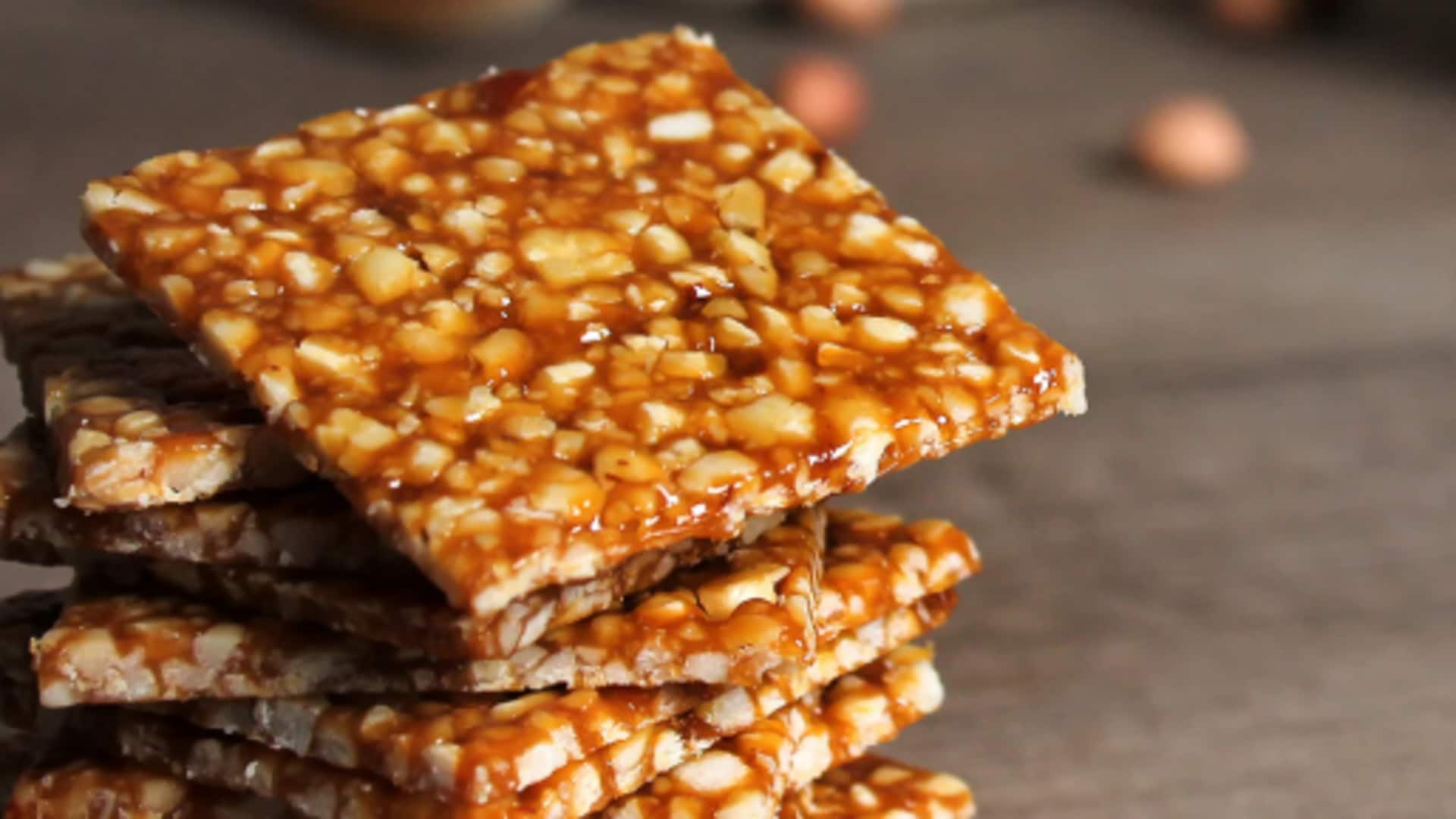
From ancient roots to modern treats: The story of chikki
What's the story
Chikki, a quintessential Indian sweet, has been loved for centuries. Primarily made from jaggery and nuts, this delectable treat is as nutritious as it is delicious. It dates back to ancient times when it was prepared as a simple energy bar for travelers and soldiers. Over the years, chikki has evolved into different flavors and forms, emerging as a popular snack across India. Here's more about its history, ingredients, variations, and modern-day appeal.
Origins
Historical roots of chikki
Chikki's history dates back to ancient India, where it was used as a quick energy booster. It was first prepared using jaggery and peanuts, considering their availability and health benefits. The combination offered necessary nutrients, such as iron from jaggery and protein from peanuts. The ease of preparation made it a perfect option for long travels or during times of scarcity.
Composition
Ingredients that define chikki
The basic ingredients of chikki are jaggery and some nuts (peanuts or sesame seeds). Jaggery serves as the binding agent while adding sweetness without the downsides of refined sugar. Peanuts add protein and healthy fats, rendering chikki not just tasty but nutritious too. Some variations add some other nuts (almonds or cashews) for flavor.
Diversity
Varieties across regions
Chikki has several regional varieties across India. While Maharashtra likes peanut chikki, Gujarat prefers sesame seed variants called til chikki. Some regions even add coconut flakes or spices like cardamom to give a unique twist to the classic treat. These regional adaptations highlight local flavors while keeping the core of traditional chikki intact.
Popularity today
Modern-day appeal of chikki
Today's consumers love chikki for its natural ingredients, especially with increasing health consciousness trends across the globe. It's considered an alternative to processed snacks filled with artificial additives or preservatives present in most packaged products today. This is largely due to the fact that they are minimally processed themselves. And, they still bring satisfying taste experiences to the table along with nutrition too.